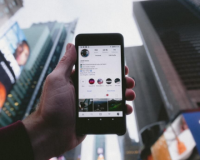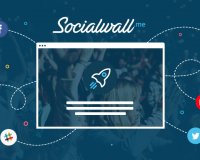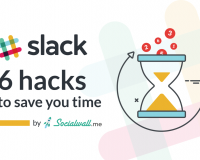There is a disconnect between big pharma and their customers. A patient needs to visit their doctor in order to get their hands on most of a pharmaceutical company’s products. This being the case, why would these companies even bother to connect with their customers? What’s in it for them?
This lack of interaction is less a case of not needing to, and more of a case of not wanting to. In the pharmaceutical industry, direct customer contact is fraught with danger. You really need the knowledge of a doctor to act as a buffer. What if a member of the public went onto the Pfizer Facebook page looking for some advice rather than going to their doctor? And what if a Pfizer social media intern actually gave some advice, and it turned out to be bad?
Generally when big pharmaceutical companies do talk direct to consumers, particularly in America, it’s by way of a subtle print or TV ad. These mediums offer a very one-way form of communication. The message is very calculated, and not much can go wrong.
If we have a look at the 50 biggest pharmaceutical companies in the world, less than half of them have a social media presence. This in a time when your local patisserie is expected to have a Facebook account. Only 10 out of the 50 companies bother with all three of the biggest social networks – Facebook, Twitter and YouTube. For one of the richest and most powerful industries in the world, those are some surprisingly low numbers.
Many pharmaceutical companies blame the lack of rules and regulations when it comes to this new world of social media. They’re unsure of the rules, and don’t want to get caught on the wrong side of the law. It’s murky water to them.
And you have to say that most of these companies are doing just fine without social media. They didn’t get billion dollar profits by having a nice Facebook page – they got to where they are by telling doctors about their products and getting them to prescribe them to their patients. They got to where they are by advertising more subtly using the direct-to-consumer model. Why do they need social media?
But this mindset hasn’t stopped everyone. Whether it’s the fact that they’re the only ones playing the game, or they’re actually good at social media, the big pharma players who have bothered with social media seem to be reaping the benefits.

Johnson & Johnson is currently the 6th largest pharma corporation on earth. In 2014 it was the only one of those top 6 companies to record growth, and it did so to the healthy tune of 15%. While there are many factors at play, it can’t be ignored that they have the greatest social media presence of any pharmaceutical company in the world.
It certainly helps that Johnson & Johnson have a range of general health products, including their famous baby powder, that allow them to interact with the public on social media in a far less risky way. And interact they do, enjoying the small matter of 11 million likes on the Johnson’s Baby Facebook page. But despite the easier route to social media success that Johnson & Johnson enjoys, the example they have set shouldn’t be ignored by the rest of big pharma.
It shows that social media is a viable platform for pharmaceutical companies to advertise on. And judging by the growth over the last decade, it’s a marketing channel that isn’t going anywhere soon. In fact, it is already starting to take over from traditional forms of advertising such as TV and print – the very forms of advertising that pharmaceutical companies have relied on for decades to keep their businesses growing.
Big pharma is falling behind the rest of the world when it comes to social media. While it may have more worries than most industries in blazing this new path, fortune has always favoured the brave.








